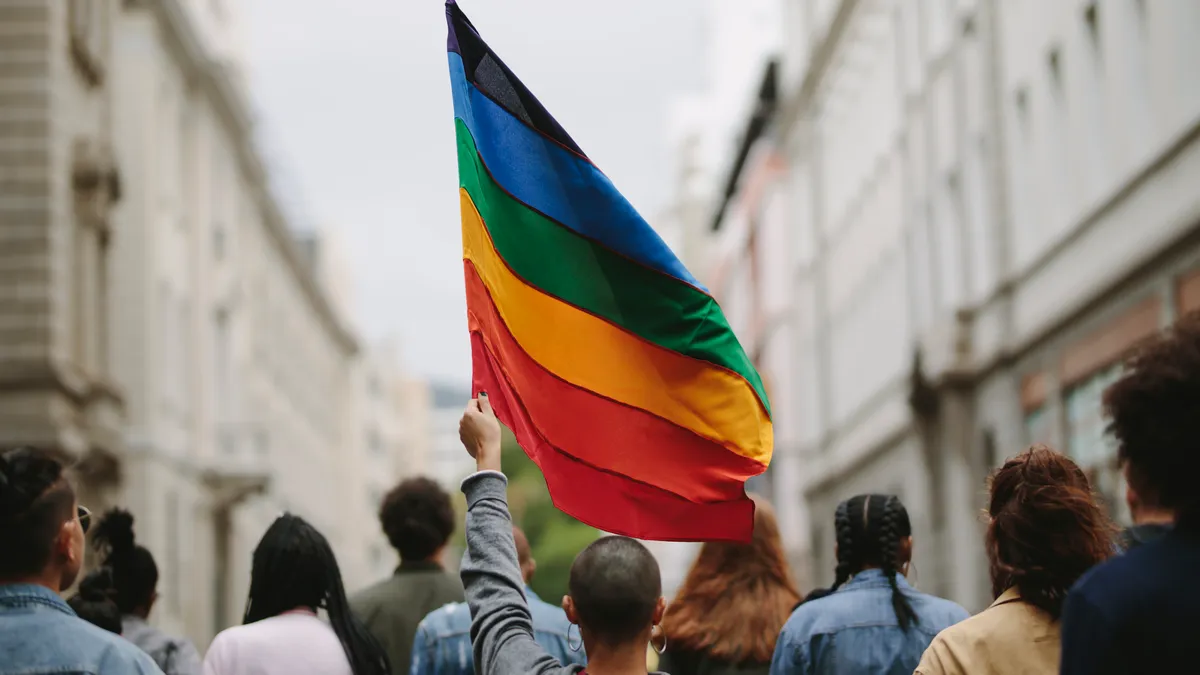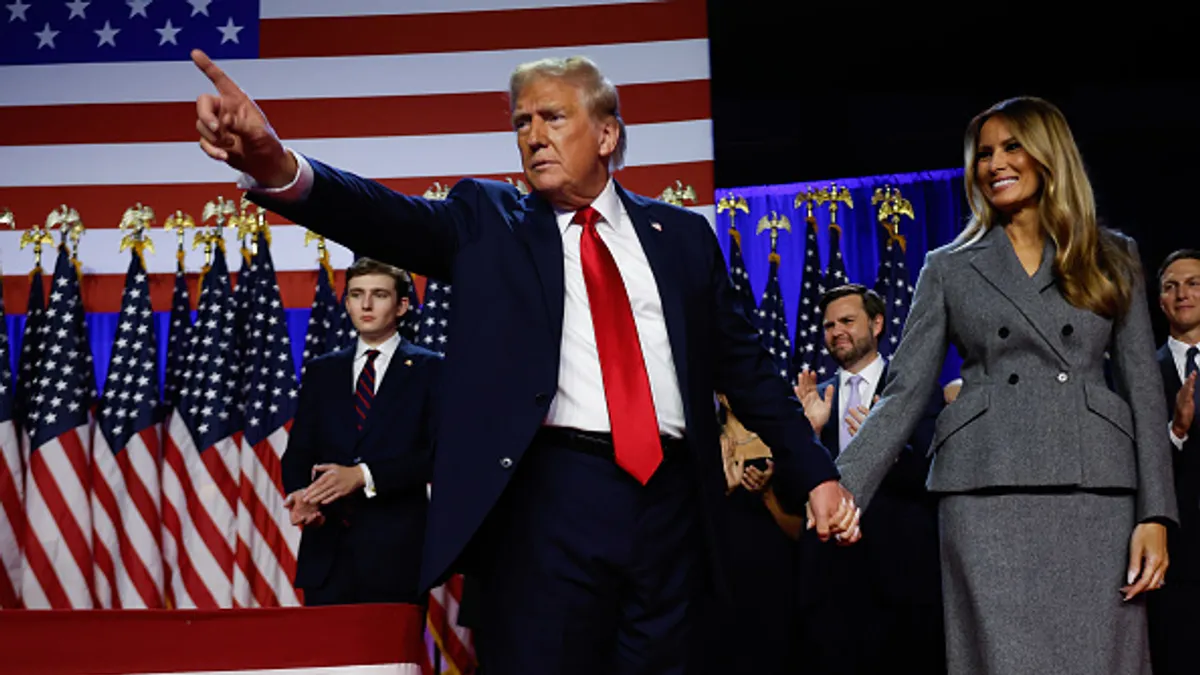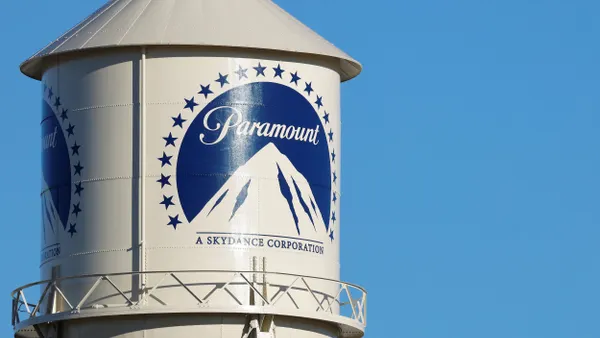Despite increased political tension surrounding diversity, equity and inclusion (DEI) policies and subsequent rollbacks, 62% of consumers support brands speaking up on social issues. However, there is significant confusion around what DEI is, according to recent data from Disqo and Do the Werq. At the same time, surveyed respondents report they are seeing less LGBTQ+ representation in ads this year.
Only 46% of consumers are able to correctly indicate what DEI is an acronym for and 18% believe it promotes a specific political or social agenda. Confusion around DEI could be impacting LGBTQ+ representation in the advertising world.
“Consumers are so incredibly savvy and are so incredibly aware,” said Kaitlyn Barclay, data director at Do the Werq, an organization dedicated to increasing LGBTQ+ visibility in the marketing industry. “Brands that change their point of view and values based on macro, economic and/or political environments are the ones that are going to look the most performative and stand the chance of losing the most consumer affinity.”
The “2025 LGBTQ+ Advertising: Marketing in the quiet age of DEI” report was based on a survey of 1,955 U.S. adults, which according to the researcher, was balanced for age, sex and income. The survey was conducted by Disqo, an ad effectiveness measurement platform, from its identity-based audience between April 15-19, 2025.
The LGBTQ+ marketing shake-up
LGBTQ+ audiences have an annual global buying power of $3.9 trillion annually, making the group a powerful market for advertisers. However, this demographic has higher expectations for marketers when it comes to DEI compared to the general population. For example, 61% of consumers who identify as LGBTQ+ believe brands should share their DEI commitment, compared to 35% of the general population.
Sixty-eight percent of consumers want to see the same amount or more LGBTQ+ representation in advertising. Despite this, many believe they are seeing less LGBTQ+ representation in advertisements. In 2023, 73% of consumers overall said they saw LGBTQ+ inclusive advertising within the last six months, compared to just 65% in 2025. While LGBTQ+ consumers are more likely to see inclusive advertising, there is still a perceived decline of seven points between 2023 (87%) and 2025 (80%).
“Representation and inclusive marketing matters, and inclusive groups are demanding it, and the younger generations all demand it more and more,” said Barclay.
Fifty-six percent of consumers believe brands influence society’s perception of LGBTQ+ people. Representation can pay, with 77% of LGBTQ+ consumers and 60% of consumers overall saying they are influenced by inclusive advertising.
When a brand scales back its DEI efforts, 41% of consumers lose trust in the brand. This can lead to changes in purchasing behavior, with 39% of survey respondents saying they have adjusted their habits as a result of pullbacks.
Consumers also formulate their own opinions on why brands pull back on DEI efforts, according to the report. While 22% believe it’s due to programs being ineffective, 41% attribute policy changes to political pressure and 37% to the fear of losing customers. Whatever the reason, such reversals can have a big impact on consumers, especially members of the LGBTQ+ community. For example, while 31.4% of the general population say DEI reversals have no impact on their brand trust, that drops to just 18.7% when looking at LGBTQ+ consumers.
Rolling back LGBTQ+ inclusion can negatively impact brands’ relationships with younger consumers. When a brand maintains LGBTQ+ inclusion amid backlash, brand support increases for 57% of Gen Z consumers, compared to just 35% of baby boomers.
“It's something we call the silent attrition problem where the real risk isn't vocal backlash, it's quiet exits,” said Barclay. “People are paying attention and watching and voting with their dollars, but they're not necessarily one to vocally speak up.”












